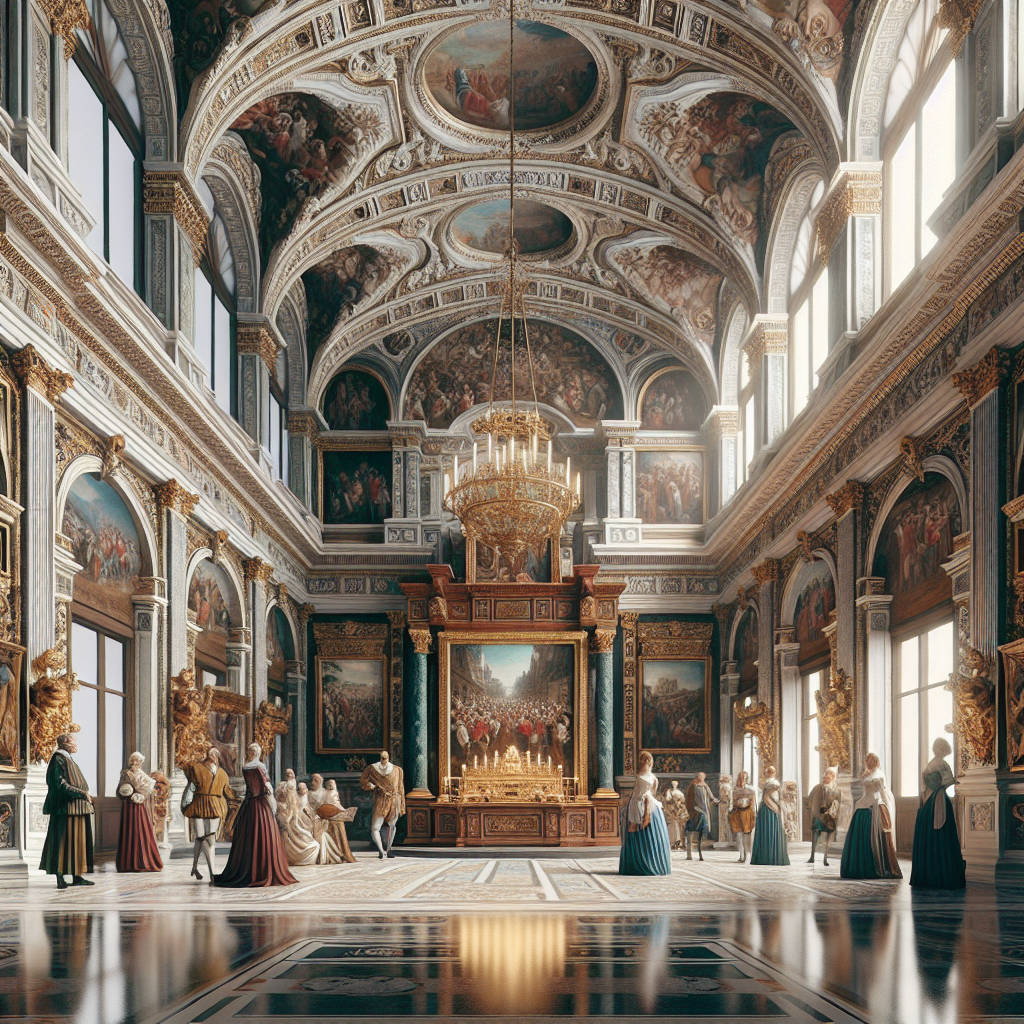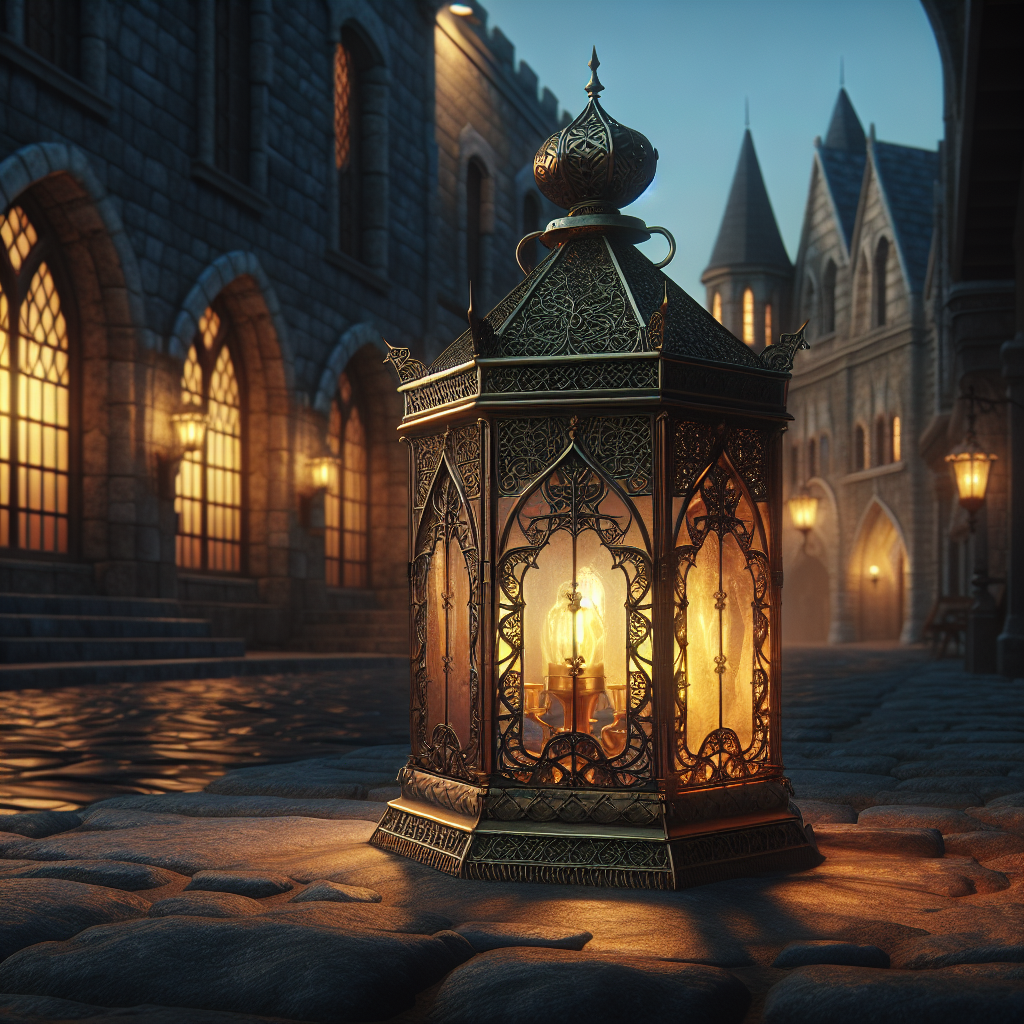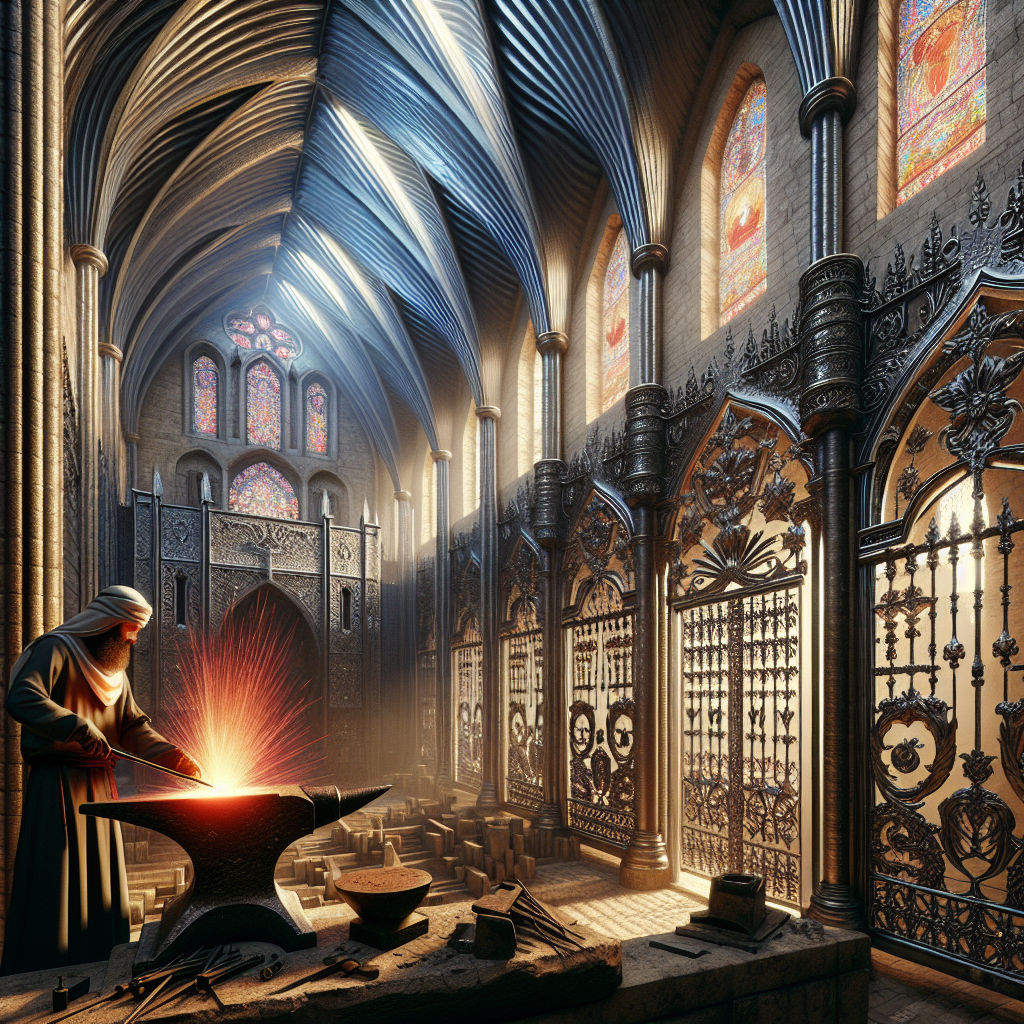Modular Marvels: 3D Printed Homes for Rapid Social Housing

The Renaissance Gallery: Evolution of Art Display and Curation
From the opulent halls of the Medici palaces to the sleek, minimalist interiors of contemporary museums, the art gallery has undergone a radical transformation. The way we display and curate art has always been a reflection of cultural, technological, and philosophical shifts. The Renaissance was a turning point in this evolution, setting the stage for the modern gallery experience we know today.
The Birth of the Renaissance Gallery
During the 15th and 16th centuries, the Renaissance redefined artistic expression, but it also revolutionized how art was displayed. Unlike the medieval era, where religious institutions dominated artistic patronage, the Renaissance saw the rise of private collectors—wealthy families like the Medici—who amassed extensive collections of paintings, sculptures, and manuscripts.
These collections were often housed in lavishly decorated rooms known as studioli or camerini, precursors to modern galleries. Unlike today’s neutral white walls, these spaces were immersive, with frescoed ceilings, gilded frames, and carefully orchestrated lighting to enhance the viewer’s experience. The Renaissance gallery was not just a place to display art; it was a statement of power, intellect, and taste.
From Cabinets of Curiosities to Public Museums
As the Renaissance gave way to the Baroque and Enlightenment periods, the concept of the art collection evolved. The 17th century saw the rise of cabinets of curiosities, where aristocrats and scholars displayed eclectic assortments of art, scientific specimens, and antiquities. These spaces were less about aesthetic curation and more about showcasing the breadth of human knowledge.
By the late 18th century, the first public museums emerged, democratizing access to art. The Louvre, originally a royal palace, opened its doors to the public in 1793, marking a significant shift in the role of galleries. Art was no longer confined to the elite; it became a shared cultural heritage.
The White Cube and Modern Minimalism
The 20th century brought a radical departure from the ornate galleries of the past. Influenced by modernist principles, the white cube gallery became the dominant model. Pioneered by institutions like the Museum of Modern Art (MoMA) in New York, this approach stripped away distractions, allowing the artwork to take center stage.
Architects like Ludwig Mies van der Rohe and Le Corbusier championed this minimalist aesthetic, emphasizing clean lines, open spaces, and controlled lighting. The white cube became synonymous with contemporary art, reinforcing the idea that art should be experienced in a neutral, almost sacred environment.
Digital Transformation and the Future of Art Display
Today, the boundaries of the art gallery are expanding beyond physical spaces. Digital technology has revolutionized curation, allowing for immersive experiences that were unimaginable in previous centuries. Virtual reality (VR) and augmented reality (AR) are reshaping how we engage with art, offering interactive exhibitions that transcend geographical limitations.
Institutions like the Louvre and the Tate Modern have embraced digital innovation, offering virtual tours and AI-driven curation. Meanwhile, blockchain technology is transforming the way art is collected and authenticated, challenging traditional gallery models.
Reimagining the Gallery Experience
As we move forward, the question remains: what will the gallery of the future look like? Some architects and curators are advocating for a return to more immersive, sensory-rich environments, blending elements of the Renaissance gallery with cutting-edge technology. Others believe in decentralization, where art exists in public spaces, digital realms, and even the metaverse.
One thing is certain—the evolution of art curation is far from over. Whether through physical spaces or digital platforms, the way we experience art will continue to evolve, reflecting the ever-changing landscape of culture and technology.
For those passionate about design and architecture, the transformation of the gallery is a testament to the power of space in shaping human perception. As new materials, technologies, and philosophies emerge, the art gallery will remain a dynamic canvas, constantly redefining itself in response to the world around it.








